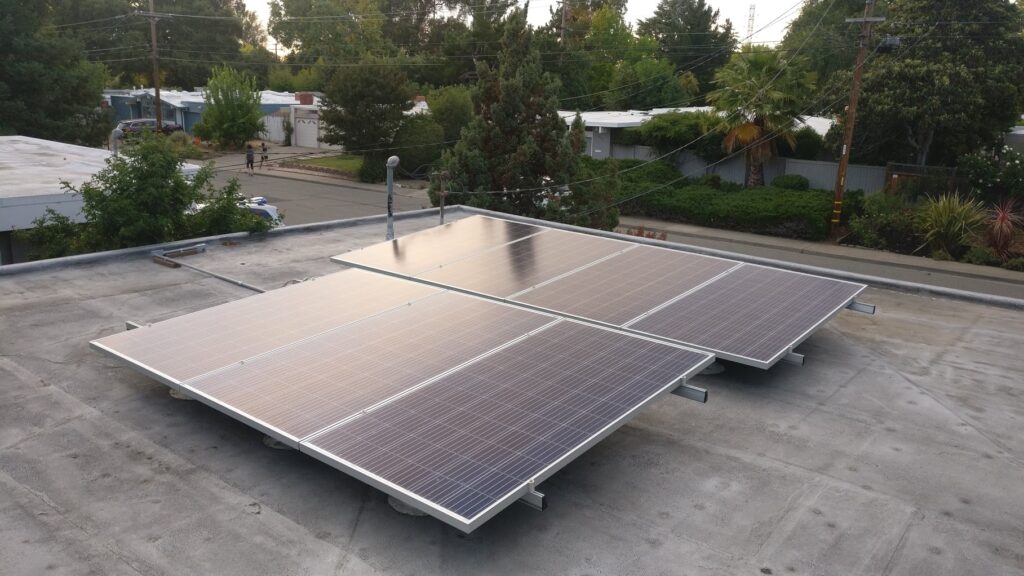
PV System: 1. Preparation
For this project I installed a 2.4kW (7 x 340w), micro-inverter, no battery, on-grid solar system on a flat one-story TPO membrane roof.

Working a few hours a week, it took me 6 months from the time I got the solar panels, researching, preparing the permits, building the ladder hoist, installing the flashings, to powering up the system. I received the panels one week before we all locked down for Shelter In Place because of COVID-19. There were no more kid’s birthday parties to attend, no weekend basketball pick up games. Our vacations were cancelled. So I had plenty of free time.
Preparation
Design Decision: System Sizing – how many panels to install
For PG&E, the projected production of your solar system cannot exceed 110% of your annual usage so first find out how much electricity you used in the past 12 months.
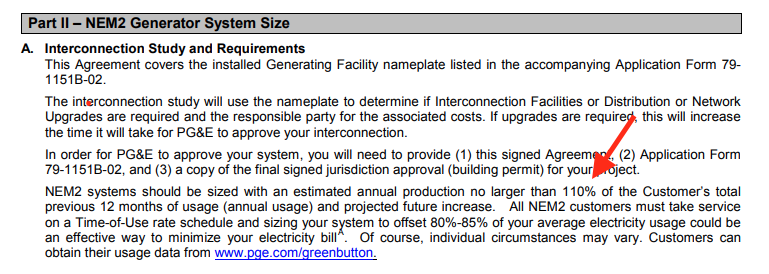
Then you figure out your sunhours per month based on your geographic location and multiply by a derate factor and plug into a formula as explained by this youtube video – Solar System Size Calculation. Or you can skip all that and just use a solar calculator website such as https://pvwatts.nrel.gov/pvwatts.php or in my case, as a PG&E customer I used https://pge.wattplan.com/pv/.
After granting authorization to share the past 12 months PG&E energy usage data, and entering the address and dragging a pin around a google map to show where the panels will be, the calculator tells you everything you need to know.
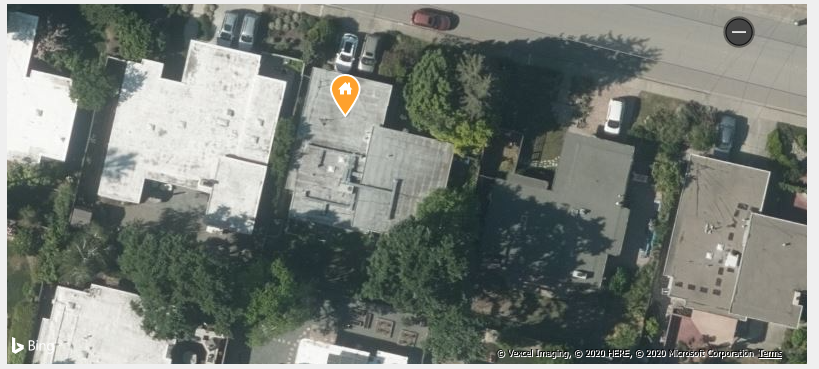
My electricity usage was 3,606kWh for the past year. My recommended solar system size is 2.1kW, which is 7 panels, which means each panel is 2.1kW / 7 = 300w. My estimated savings is $700 per year. I would be planting equivalent of 10 trees per year. The website gave me the financial breakdown also, at $7k with 20% down, with the 26% tax credit, my break even on the upfront investment would be 4 years.
The quote that I got from a local solar company was $12k, for a 2.4kW system equipment, including installation, but not including flashing the roof. I ended up buying a 2.4kW system (7 panels x 340w) for $5k and spending another $500 on tools and other components. After the 26% tax credit, and $700 savings on electric bill per year, my break even would be 6 years ($5,500 * .74 / $700 = 5.8). The 2.4kW system will produce 110% of 3,606kWh projected usage.
Design Decision: On-grid or off-grid (battery)
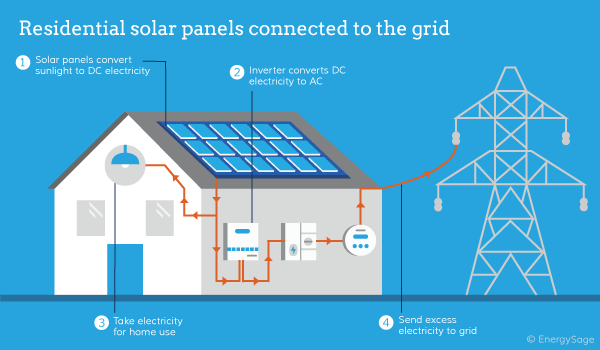
For the past 3 years the wildfires in northern California have been causing widespread blackouts. Although it would be nice to have a solar charged battery keeping the ice cream cold and the internet flowing, I chose to go no battery for the following reasons:
- a battery adds complexity and safety issues. The complexity comes from making sure your battery provides enough energy to handle the load of all your household devices without blowing up the batter or the appliances. There are additional requirements to the inspection and permitting process, since the battery can explode or catch fire.
- A battery doubles the cost of the project. The cost was the main deterrent for me. Breaking even at 5 years vs 10 years is significant difference.
- It is not a one-way door to choose no battery. You can always add a battery later when battery storage prices drop. I believe the prices will drop and the tech will improve. Maybe some of these innovations will make it to the home.
- If blackouts get worse and become unacceptable, a gas powered generator can be used. A reliable, inexpensive, slightly noisy solution. So far though the blackouts have not been hitting our neighborhood because we share the same grid with the nearby hospital. And even neighborhoods that have been getting blackouts, they seldom last for more than a few hours.
Design Decision: what kind of inverter

The inverter converts the DC energy generated by the solar panels to AC energy that feeds into the grid. There are micro-inverters and string inverters. There is one micro-inverter per solar panel so they can function independently. The other type of inverter is a string inverter that all the panels feed into. The drawback of a string inverter is your system will only be as efficient as the least efficient panel. So shade on one panel would affect the efficiency of the whole system. You can get power optimizers with string inverters to solve that problem. Both systems can be expanded with more panels if needed. Cost wise they are about the same.
Both seem like good options. I went with micro-inverters because it seemed like newer tech and most of the DIY websites and articles I read used micro-inverters.
Design Decision: roof type and placement
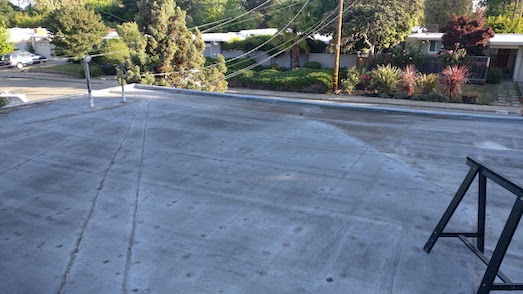
Once I determined I was going to go with 7 panels, I went onto the roof and made sure it would fit. The solar panels are much larger than I thought, 3 feet by 7 feet. When installed they are laid flush side by side with no gaps in between. (Update: I’ve seen panels half the size being installed by contractors around the neighborhood. If I could do it again I would select smaller panels since they are easier to move around.)
The sales person / system designer that helped me with my solar kit order, said that a 10 degree angle is sufficient. On a flat panel the water pools on the surface and when it dries, they leave a residue and decrease the efficiency. I see some eichler houses (flat roof) with 25 degree angled panels and they are eyes-sore from the street. Whereas with the 10 degree, you cannot see it from the street.
My roof is a TPO membrane flat roof. The type of roof will determine the type of attachments used. Foam roof, asphalt roof would require different kind of attachments. If you don’t know what kind of roof you have, ask a solar company to come out and give you a quote and ask them what roof and attachments they would use.
Design Consideration: Expandability
For me, ease of expansion is important. The next car I get will probably be an electric car. We may replace the gas dryer with electric. The packaged HVAC is nearing end of life and we may go with mini-splits. Before I made the purchase I made sure that the rails were expandable and that more micro-inverters and panels can be added.
Enphase microinverters support up to 16 inverters on a single AC circuit, so i wouldn’t have to do much re-wiring.

Ironridge rails can be expanded using the rail splice system. The length of the rail can be customized to order.
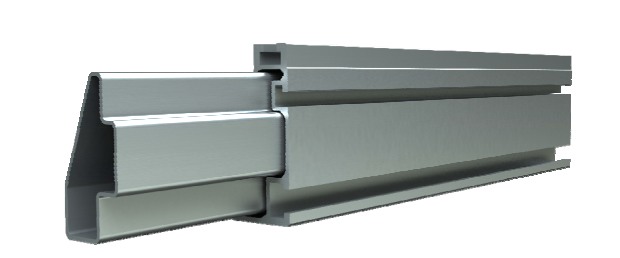
Main panel
[insert picture of main panel]
Your main panel must support 200amp. And you need to have to two 2-pole breaker slots available. One 2-pole 10amp breaker is for the Enphase Envoy monitoring system and one 2-pole 15amp breaker is for the PV array. If your main panel doesn’t support 200amp, then you will need to upgrade it first. You can look at the specs on your main panel, but if you are not sure, ask a solar company to come out and look at your system. They will let you know if your panel needs to be upgraded first.
[insert pic of spec sheet]